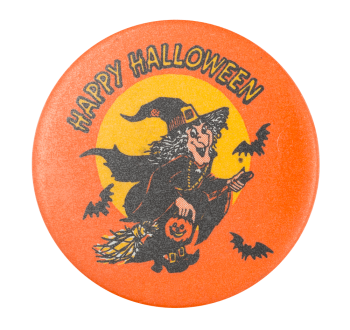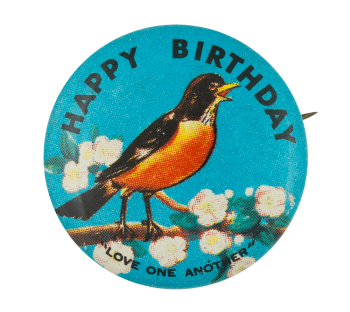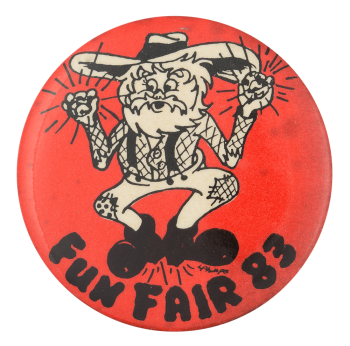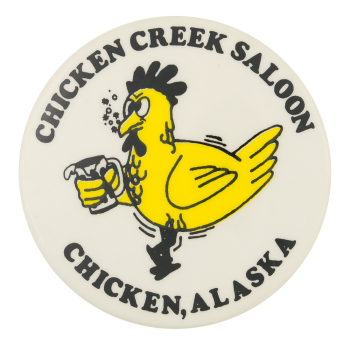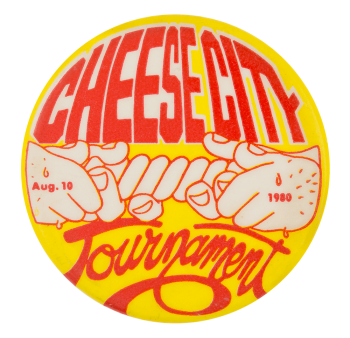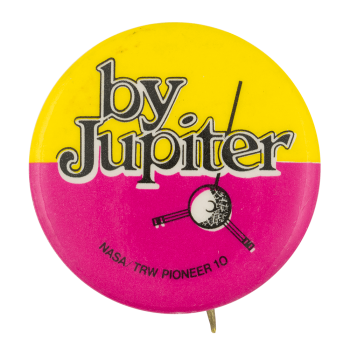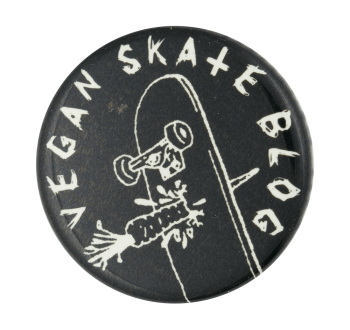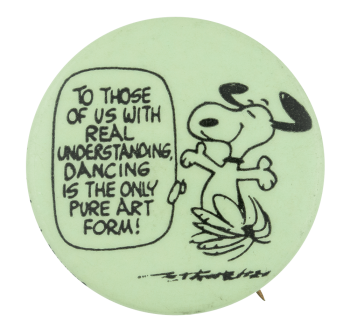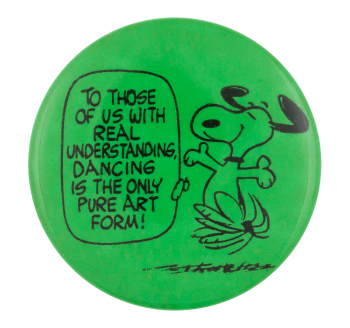Happy Halloween Witch
| Category | |
|---|---|
| Additional Images | |
| Sub Categories | |
| Text on Button | HAPPY HALLOWEEN |
| Image Description | Yellow text outlined in black over an illustration of a witch in black on a broomstick in front of a yellow moon on an orange background |
| Back Style | |
| The Shape | |
| The Size | |
| Additional Information | Halloween originated over 2,000 years ago by the Celtic tribes. However, the Celts called Halloween under another name, Samhain. This festival was celebrated on October 31st when they believed the world of the living and the world of the dead blurred on this night. In 609 A.D., Christianity, in an attempt to bridge the cultures, took Samhain and merged the timing with the Christian holiday, All Souls’ Day or All Hallows Day. Christians who celebrated All Souls’ Day still did many of the same activities that were once popular during Samhain. In 19th century America, the modern-day Halloween or Hallows Eve began to evolve. It was popularized by an influx of Irish immigrants because of the Irish Potato Famine. This new version of the holiday evolved from being about the living, the dead, and witches to being about community, candy, and trick-or-treating. The history of witches dates back into the mid-1400s in Europe when witches were tried, confessed, and killed for their crimes. Most of Europe thought that witches were affiliated with the Devil and evil. Modern-day renditions of witches, such as the classic persona of an old woman with a crooked nose and tall, black hat is a newer addition to the myth. |
| Sources |
History.com. (2020, July 7). Halloween 2020. https://www.history.com/topics/halloween/history-of-halloween#:~:text=T…. History.com. (2020, February 21). History of witches. https://www.history.com/topics/folklore/history-of-witches |
| Catalog ID | EV0542 |

